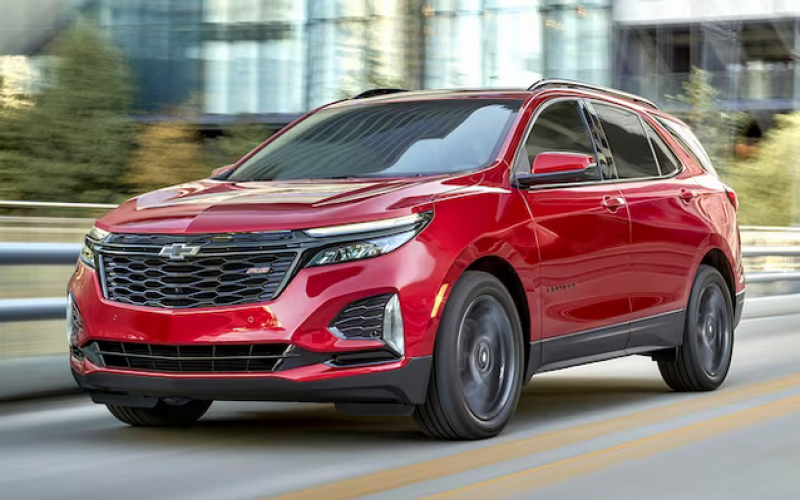
Reading Time: 3 minutesWhen considering a compact SUV, it’s essential to compare offerings from both domestic and international car
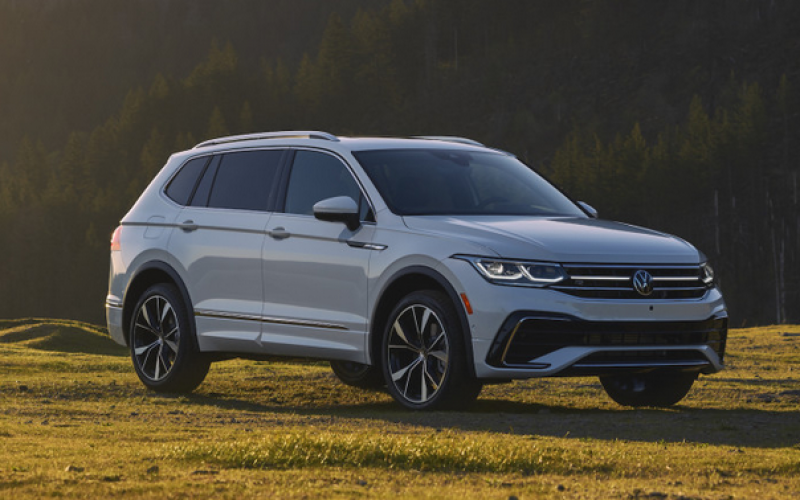
Reading Time: 3 minutesRegarding compact SUVs, it’s often difficult to find that sweet spot between utility and style, fuel
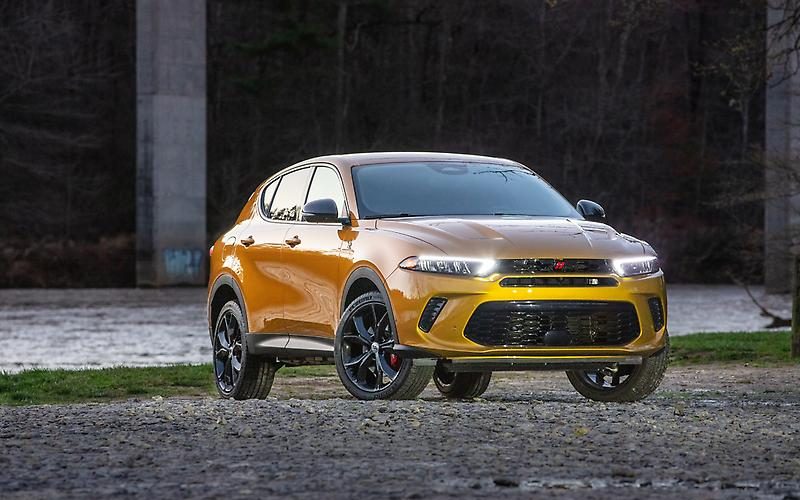
Reading Time: 3 minutesIn 2023, Dodge has thrown its hat into the ring of the compact crossover segment with
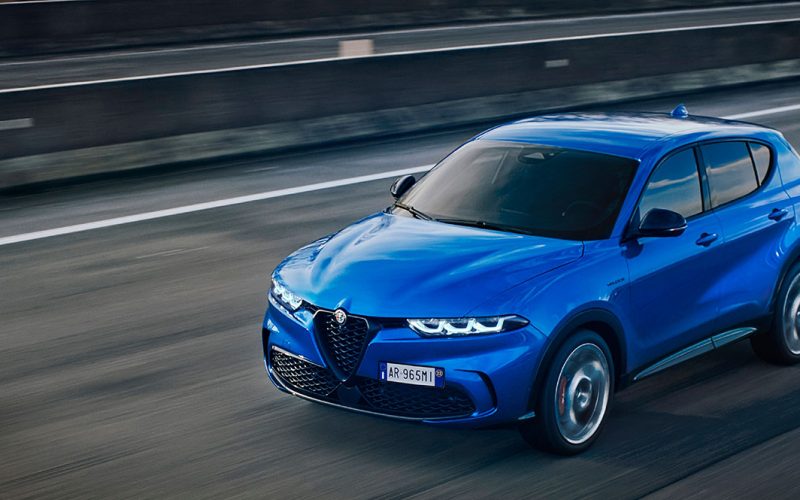
Reading Time: 12 minutesAlfa Romeo will bring the all-new Tonale subcompact luxury crossover SUV to market later this year,
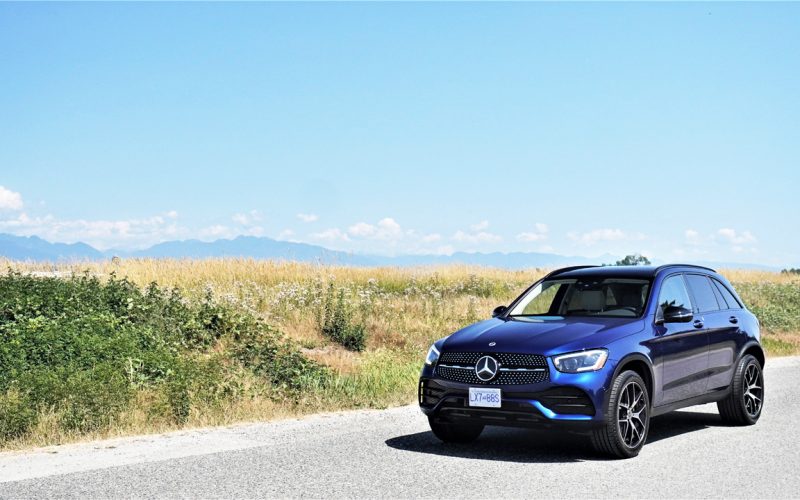
Reading Time: 11 minutesThe compact luxury crossover SUV segment is one of the most competitive in the premium automotive
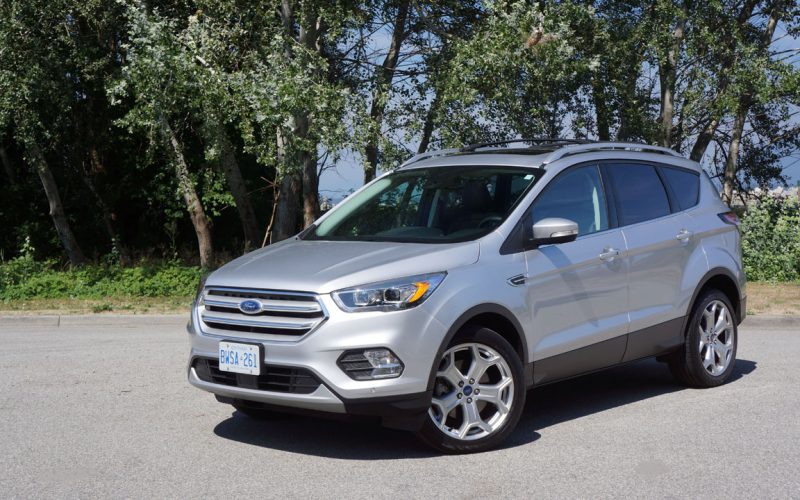
Reading Time: 13 minutesWith an all-new 2020 Escape already showing up at Canada’s blue-oval dealerships, it’s time to say
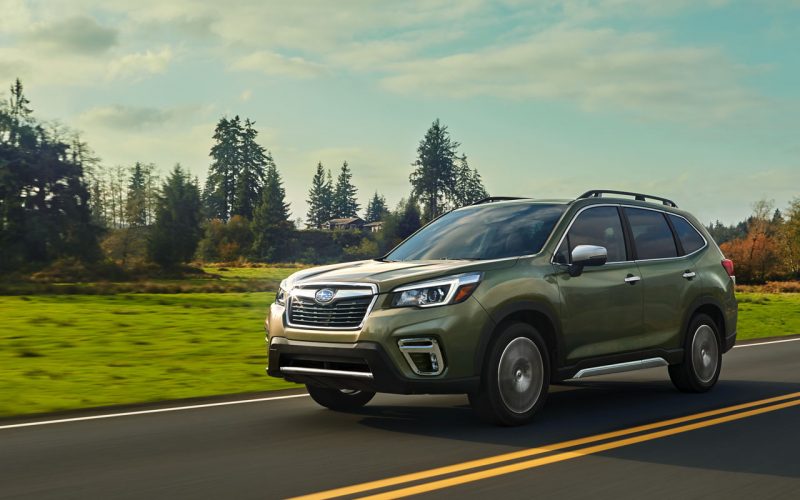
Reading Time: 9 minutesThe completely redesigned 2019 Forester, now in its fifth-generation, is just arriving at Subaru dealers nationwide,
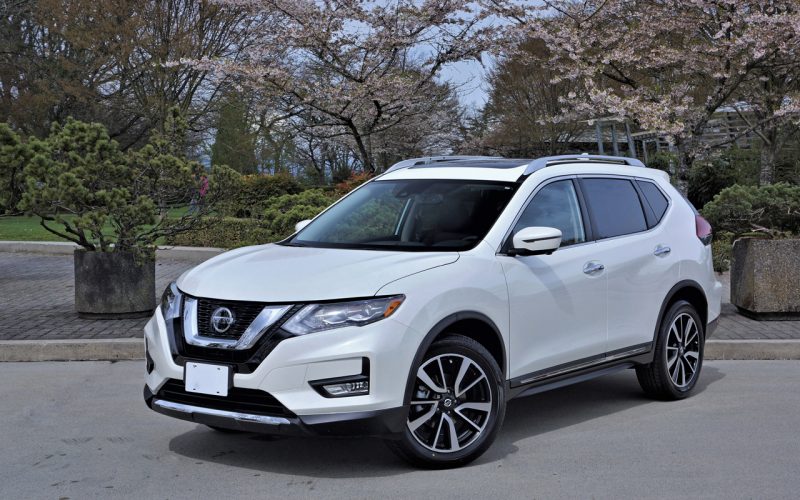
Reading Time: 14 minutesI don’t know what’s going on south of the 49th parallel these days. And no, I’m
© 2025 The Car Magazine. All Rights Reserved, Privacy Policy | Terms of Use